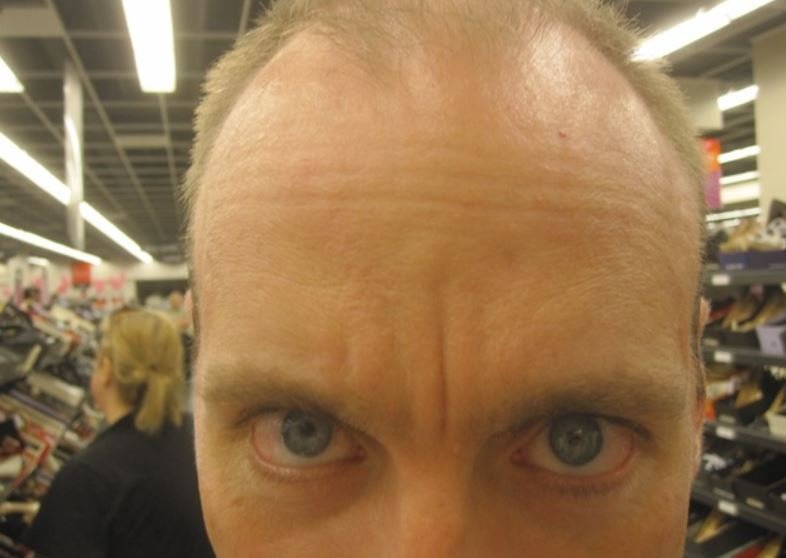

Noticing or waking up in the morning with an unexplained dent on forehead could be very frightening. Being a part of your face, obviously, you want to get rid of it quickly. However, what caused it? Let us see the possible causes and something small on managing them.
Before reading further, note that, while covering the various possible causes, we will not focus on a dent on the forehead after a fall or after an injury, i.e., you were hit or even Botox and other dermal filler procedures since you will already be knowing what caused it. We will focus on other possible causes and remedies or treatments where possible.

Depending on the cause, the dent or depression could be large or small, temporary or permanent. It could also be vertical or horizontal, and anywhere on your forehead including between your eyebrows.
Lastly, it can have other symptoms or none and some causes will affect adults yet some will be on babies (congenital defects). There are those that will affect both adults and children.
Possible causes include:
One of the possible reasons is pressure from an object or body part as you are sleeping or a wrong sleeping posture. It could be a hard object that pressed on your forehead including your ring, finger knuckles, or something that was on the bed.
Such dents will go away after a few hours on their own, meaning they are not permanent
Furrows or wrinkle indents which could be horizontal on your forehead or vertical between your eyebrows are another possible cause. Such will not develop overnight but gradually.
For instance, if you have facial wrinkles which often vertically on your eyebrows upwards, they are due to corrugator supercilii muscles.
There are many treatment options for forehead wrinkles including creams, dermal fillers, surgical treatments, among others.
Besides wrinkles, brow sag is another probable cause of this dent or depression that you have. They are often above your brows, and they will make you look old and angry. They occur on the corrugator muscles.
Treatment options will include dermal fillers as well as going for a brow and or facelift. Your plastic surgeon will advise you on the best way to deal with a sagging eyebrow.
As Dr. Kokil Mathur states, “an indentation can develop on the forehead in case of mucocele of paranasal sinuses or scleroderma.” Your case could be due to this condition.
.
According to an article published by Mary C. Whitman, MD, Ph.D.; Michael Kazim, MD in 2012, the presence of a forehead dent can be a manifestation of a rare form of metastatic cancer. The article is about “A 67-year-old woman had a sunken deformity of her right brow associated with recurrent pain.”
This is a craniofacial disorder or condition characterized by a depressed “straight line running right down the middle of the forehead vertically from the frontal hairline to the eyebrows. Linear scleroderma can affect other body parts, but it occurs along distinct lines hence the name.
Treatment is often by dermal grafts including fat injections among other treatments your surgeon will recommend.
According to the Journal of Heredity, Volume 6, Issue 4, 1 April 1915, Pages 163–164, the depression on your forehead could be genetic if you have relatives who have it.
Unfortunately, a dent in the forehead may not go away on its own. If the dent is relatively small, it may only require a few days of care to heal up. If the dent is more significant, it may need to be treated by a doctor.
In some cases, there are permanent dents in the head which cannot be removed without surgery.
We have seen various possible causes of depression on your forehead. If you are not sure why it appeared, we strongly recommend you get the assistance of an ENT specialist, cosmetologist, or dermatologist for further diagnosis and treatment.